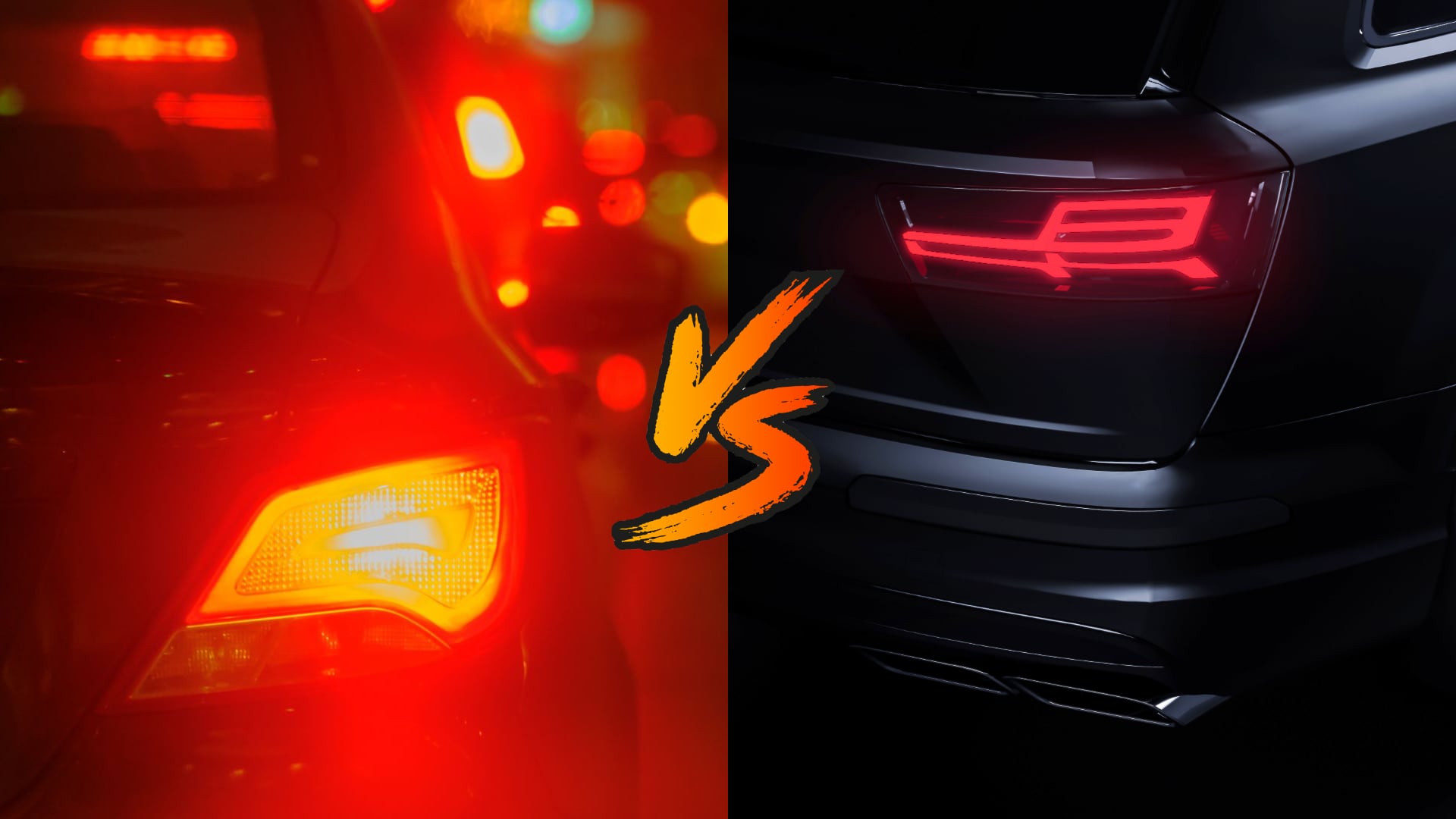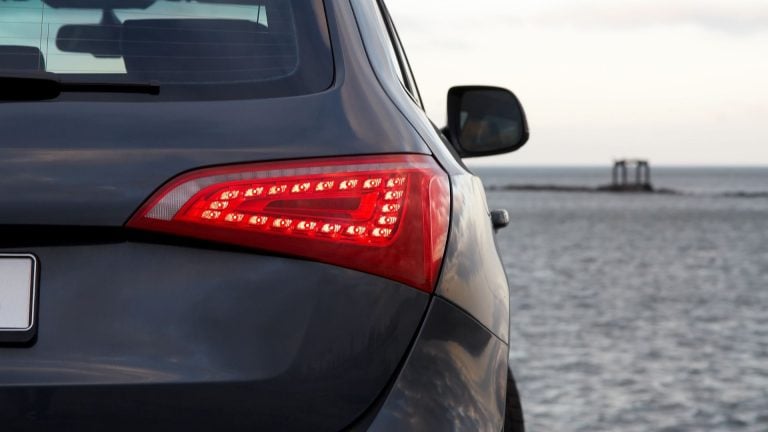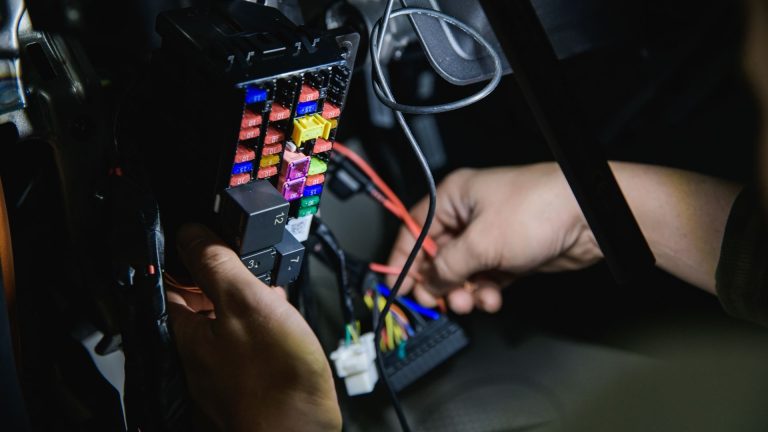Tail light vs. brake light — difference explained
Differentiate between tail lights and brake lights in this informative article.

When talking about lighting in automobiles, most people use the terms ‘tail lights’ and ‘brake lights’ interchangeably, which needs to be clarified for many people. Tail and brake lights aren’t the same; therefore, interchanging them is a mistake.
They are separate lights performing different functions. Knowing the difference between the tail and brake lights is crucial if you want to understand their roles in automotive safety.
Many wonder if tail and brake lights share the same bulb. Well, in most vehicles, these lights share the same bulb. They only have separate filaments, one connected to the tail light and the other to the brake light.
However, some vehicles have different bulbs for each circuit. You can confirm if your tail lights and brake lights share the same bulb by having someone press the brake pedal while you note which bulb illuminates in the tail light assembly.
This article talks about tail lights vs brake lights, highlighting what they are and what could lead to their failures. Also, it provides answers to related questions.
What are tail lights?

Tail lights are fitted to the rear of your car above the bumper and are red with accompanying white lights indicating when the vehicle is in reverse. When you are on the road, your tail lights make other vehicles aware of your presence when you travel in the dark. Additionally, the red color of the tail lights shines more brightly whenever you engage the brakes to notify other cars to slow down.
What are brake lights?

Brake lights are mounted to the rear of your vehicle and are triggered when you engage the brake pedal, and they go off once you release the pedal. You can find the brake lights in the same position as the tail lights but with brighter red lights.
Do the tail lights and brake lights use the same bulb?
In many cars, brake and tail lights use the same bulb. One filament in the bulb goes to the brake light, while another goes to the tail light. However, some vehicles have different bulbs for each circuit.
You can determine if your tail lights and brake lights share the same bulb by having someone press the brake pedal while you note which bulb illuminates in the tail light assembly. It is important to note that the brake lights also work as turn signals in most vehicles.
Usually, the brake lights are wired through the turn signal switch and its flasher so that when you activate the brake lights, and the turn is selected, the stop light on the side of the vehicle will flash. However, there are exceptions to vehicles with stand-alone turn signals, which usually have orange rather than red and only serve as hazard flashers or turn signals.
On the other hand, the tail lights may share the same bulb but wouldn’t be as bright as the brake lights/turn signals, which are usually more colorful, thus pulling more current.
Why do my brake lights work, but my tail lights don’t?
You need functional tail lights for safe driving, especially at night or in bad weather, as they help other vehicles see you in these conditions. Usually, these lights turn on when you engage the headlights, but some new models of cars automatically activate them once the system detects excess dimness.
Like other vehicle parts, your tail lights can stop working, but what could cause this if the tail lights go out while your brake lights remain strong? Below, we explain some common causes of this problem.
Damaged socket
If the socket that houses the bulb plug becomes damaged commonly due to corrosion, it can also cause your tail lights to fail. To diagnose this problem, disconnect the bulb and examine the socket for broken pins or discoloration.
Failing tail light fuse
Checking the fuse is the first step when you have a faulty electrical component. The fuse gets broken as a protective measure when the current that flows through it gets too high to prevent damage to the electrical part concerned. To check if a burnt fuse is the culprit, look in the main fuse box under the hood or behind the plastic under the dashboard on the passenger side.
Once you’ve traced the fuse, you can test it with a fuse tester and replace it if necessary.
Failing sensor
Modern vehicles are flooded with several sensors that communicate with the vehicle’s computer system. A failed sensor can interrupt this complex design, causing a part to become defective. Suppose your headlights, parking lights, and tail lights fail, but your brake lights are functional. In that case, a sensor could be the culprit.
Why are my brake lights and tail lights not working?

Several common reasons are why your tail light or brake light may not work. Below we discuss some possible causes of this problem.
Blown out fuse
A blown fuse prevents the completion of the particular electric circuit it affects. In this case, if the fuse connected to the tail light blows, it prevents the tail light from lighting. Sometimes, a broken tail light lens could cause moisture to enter the lens, resulting in a short circuit, thus blowing a fuse.
Defective brake light switch
If your tail light is on, but your brake light is working improperly, you might have a problem with the brake light switch. However, if the brake light remains on after you release the brake pedal, it might result from a stuck brake switch, causing the switch to remain powered.
This may also be caused by the brake light switch shifting out of place, creating a gap between its pedal and the plunger, thus stopping the switch from closing. Also, if the brake lights do not turn on completely, the switch may have been improperly connected or pushed out of place, preventing the circuit from completing.
In addition, if the brake light doesn’t come on when you engage the brake pedal, it may also be caused by a worn brake pad, making the brake light not recognize that you’ve engaged the brake pedal.
Burnt light bulbs
Burnt bulbs are the most common reasons brake and tail lights fail. When the filament breaks, it does not illuminate the gas inside the bulb. However, a burnt bulb does not affect the circuitry of the entire rear light system. If your brake lights don’t work, but your tail lights do (and vice versa), replacing your light bulbs may help. It’s also possible to see the brake lights flashing, in which case a worn-out bulb could be the culprit.
Damaged circuits
Circuits problems such as corroded bulb sockets and damaged wiring can cause defective rear lights. If you have a lot of other lights, like clearance lamps, trailer lamps, etc., wired to your tail lamp circuit, the part of the headlight switch that supplies power to the tail lamp might fail as a result of overheating.
Also, your OEM tail light wiring may fail and melt on other wires. Therefore, you should include a relay that would handle the extra load when doing aftermarket wirings.
How do I test my rear lights?
Car owners must check and ensure that their rear lights are in good working condition. The easiest way to get the job done is to have someone at the rear of your vehicle while you turn on the lights for them to inspect.
To test your tail lights and brake lights, get in your car and switch on its ignition; you do not have to crank the engine. First, test your tail lights by switching on your headlights. They will come on immediately and glow red if they are not defective. Next, engage the brakes and have your partner inspect the bulb to see if it shines brighter than the tail lights. If any of them fail to come on, you may have to replace the bulb.
How much does it cost to replace brake lights?
Tail light and brake light replacement is an easy task anyone can do. Generally, an average brake light replacement costs around $25 to $60. The replacement bulbs cost around $5 to $10, while the technician might charge you between $20 to $50 for the service.
However, if you are a DIYer, you will only need to spend about $5 to $10 and save yourself the service fee.
How much does it cost to replace a tail light cover?
Factors like the vehicle’s make, model, and location determine the cost of a tail cover replacement. Whatever the case, the average cost for a tail light cover replacement is between $50 to $300, depending on if you choose to drive to a repair shop or your dealership or if you’d like to take the DIY route.
The price given above is estimated based on the national tail light replacement cost and doesn’t include shipment fees, your car’s make and model, or tax.
Our take
Your tail light and brake lights are essential features that play a role in your safety when using the road. The tail lights help other vehicles detect your presence on the road, while your brake lights help notify other cars when you’re braking.
Like any other car part, the brake and tail lights can become faulty due to the failure of components like the fuse, light bulb, circuit, etc.
It would be best to fix your tail lights or brake lights when they become faulty to avoid getting a ticket from the police or, worse, causing an accident, especially on dark roads and bad weather conditions.
Are brake lights and tail lights the same bulb?
In many vehicles, the brake and tail lights use the same bulb. One filament goes for the brake light, and the other for the tail lights.
Why do my brake lights work, but my tail lights don’t?
Your tail light might work while your brake lights fail due to factors like a blown-out fuse, damaged circuit, burnt bulbs, etc.
What is the tail light on a car?
The tail lights are red colored lights fitted to the rear end of your vehicle above your bumper.
What are the tail lights also called?
The tail lights on your vehicle are also called the rear position lights.